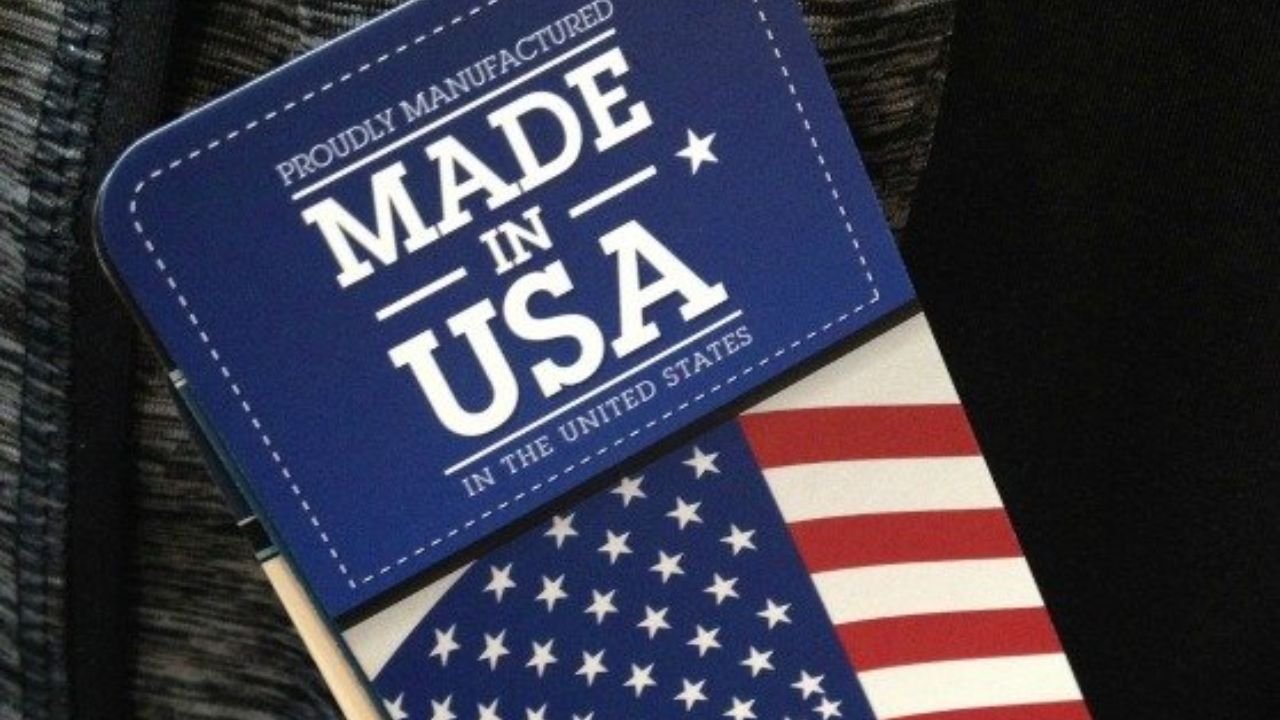“Made in the USA” Labels May Be Misleading: What Buyers Need to Know

CHICAGO — When you buy a product stamped with “Made in the USA,” you likely assume it was designed, built, and sourced entirely within American borders. But recent investigations and regulatory reviews suggest that many such labels don’t fully live up to the claim — and in some cases, consumers are being misled.
What the Label Legally Means
Under Federal Trade Commission (FTC) standards, a product marketed as “Made in the USA” must be “all or virtually all” made domestically, meaning that significant parts, processing, and labor must originate within the United States.
However, as FTC guidance explains, the law allows for minor foreign components or ambiguous claims like “assembled in USA,” “designed in USA,” or “American company,” which may mask the fact that materials or production were outsourced abroad.
Why It Matters for Consumers
A growing number of buyers are looking to support local jobs, reduce global supply chain reliance, or purchase goods made with U.S. environmental and labor standards. But in reality, many products only appear American.
According to a recent report by Consumer Reports, numerous companies are applying “USA” branding while sourcing major components from Mexico, China, or Vietnam, leaving buyers with a false sense of where their money is going.
Recent Enforcement and Loopholes
In 2023, the FTC fined several companies for violating country-of-origin labeling laws, including mattress and tool brands found to be falsely labeling imported goods as U.S.-made. Yet some still skirt full compliance by using qualified phrasing like:
- “Built in USA with globally sourced parts”
- “Assembled in USA”
- “Engineered in America”
These statements often meet the letter of the law, while still misleading consumers who assume full domestic manufacturing.
How to Verify What You’re Buying
If you’re committed to buying American-made products, here are some steps to help ensure you’re getting what you pay for:
- Look for specific language: “Made in the USA” has a higher legal standard than “Assembled in USA” or “Designed in USA.”
- Check the FTC’s complaint database: Enforcement actions are listed publicly, including brands that misuse labels.
- Review origin disclosures on packaging: Some products must disclose where parts or materials are sourced from.
- Use consumer watchdog resources like Made in America Movement or Consumer Reports’ Made in USA trackers.
- Research small U.S. brands with verifiable domestic manufacturing facilities.
Are You Double-Checking the Labels?
Have you ever bought something you thought was fully American-made — only to discover otherwise? What brands do you trust when it comes to domestic production? Share your thoughts with the community at ChicagoMusicGuide.com.
